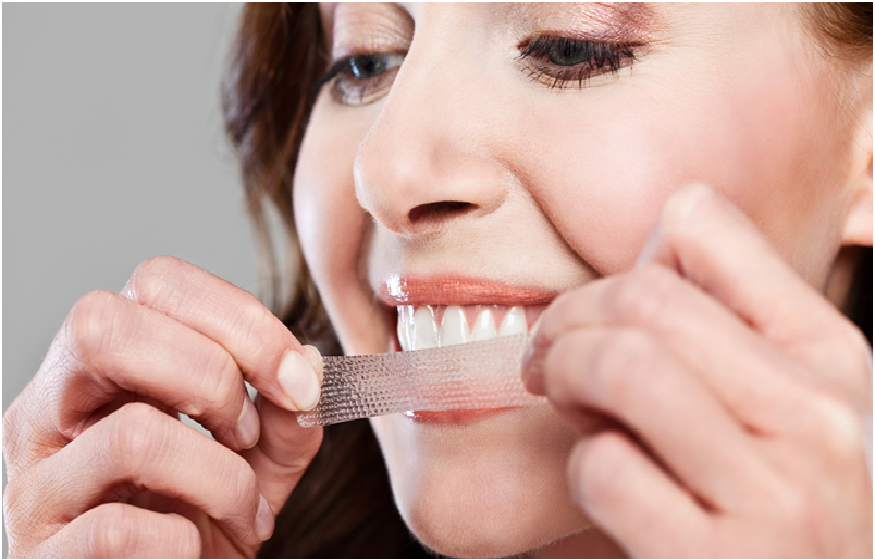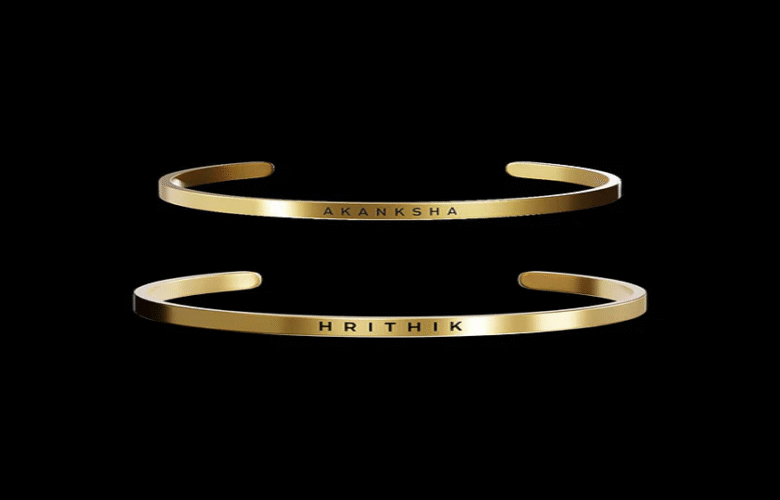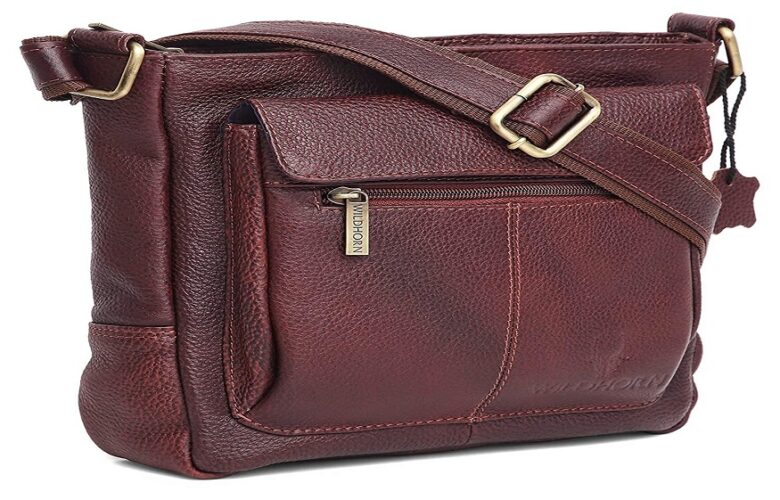Acidic juices, highly pigmented foods, smoke, dark colas, tea, coffee, and certain medications can take a toll on people’s pearly-white teeth. Not that they were meant to be totally white, its natural color is actually light yellow-red to light yellow. But as people age, their enameltends to darken more.
Over time, the outside of the enamel erodes and cracks, exposing the inner part called dentin. It is, the less dense insides of the tooth that absorbs food and beverage color. Discoloration also latches into the tartar and plaque buildup on and in-between the enamel, anchoring to the crevices. A lot of things can discolor teeth, including peculiarity in people’s metabolism, high fever, or antibiotics.
The yellower people’s tooth stains, the easier it will be to take it out. According to experts, Depp brown stains, like those brought on by constant antibiotic use during childhood when enamelis still forming, can be pretty difficult to remove. Fortunately, a lot of common tooth discolorations like cigarettes and coffee can usually be removed from the professional dental cleaning. Here are how people can whiten their teeth.
To find out more about tartar, click here for more details.
Proper brushing after every meal
If people clean their teeth conscientiously and regularly, there is a big chance that they can keep the stains out of their enamel. People need to brush in a circular motion and not back and forth, according to all dentists.
Check the plaque quotient
It would be best if you rinsed your mouth with a disclosing solution recommended by your dentist to show the site of plaque buildup in the mouth after brushing. These areas are where your teeth will form a stain if you do not improve your brushing method.
Always rinse your mouth after eating or drinking food or beverages
After consuming foods or beverages, rinse them from your mouth using clean water. If you cannot get to a restroom, pick up a glass of water, then rinse and swallow the water.
Use an electric toothbrush
People who are reluctant to brush their teeth do better using an electric brush and clean their mouth more often compared to if they used a traditional brush. But when it comes to removing plaque and tartar, it depends more on the brushing method’s quality than the kind of brush they are using.
Choose the right mouthwash
Every mouthwash available in the market is good for rinsing, but mouthwashes that have antibacterial actions will minimize the stain-catching plaque and tartar. And now, people can find mouthwashes with whitening components that can help a little.
Use whitening pastes
Dental professionals used to warn their clients away from whitening products found in grocery stores because some of them contained gritty or tough abrasives that could erode tooth enamels. But product manufacturers have gotten better at using hydrogen peroxide instead of abrasives to provide a slightly better polishing effect after brushing.
But do not expect a miracle because hydrogen peroxide in polishes or toothpaste stays only on the surface for a brief period. Even lighteners people get at dental clinics will not last forever – there is no permanent solution to this problem. That is because after people get their teeth white and nice, there is a big chance that they will still be drinking food and beverages with staining components – the same things that discolored their teeth in the first place.
Scrub gently
Just as products with abrasive properties could scrub away the enamel, overly aggressive brushing can also expose the dentin, which could make the enamel look dingier.
Try tooth strips
Tooth strips look like packaging tapes, but it fits in people’s teeth. These products keep hydrogen peroxide on the teeth longer compared to tooth polishes so that they will get the tooth a bit whiter. They are simple, safe, and inexpensive. Regular use of this product can lighten the tooth two to three shades whiter compared to the eight to ten shades of lightening people can get from dental professional-directed home-bleaching treatments or in-office programs.
Use bleach trays
One of the most effective ways of bleaching the tooth is using a home-bleaching program. The dentist will custom fit the patient with a bleaching tray that fits over the patient’s mouth. People fill it every night with concentrated bleach solutions and wear it for one to two hours per day, for one to two weeks.
This treatment costs around $400 to $600. While it is more expensive than other products, the results are more effective compared to over-the-counter whitening products. Some manufacturers make over-the-counter bleaching products that come with a whitening tray and gel that fits in the mouth. This one-size-fits-all product does not conform particularly to the surface of the enamel and gums.
Not only is the hydrogen peroxide distributed unevenly over the tooth surface, but it also may irritate the mouth. The dental professional bleaching technique works better because it uses a higher concentration of hydrogen peroxide that penetrates the tubules that run from the outside of the tooth to the dentin, where dentists oxidize the stains.
Do the treatment in one visit
If people are impatient because they have special events coming up, dental professionals can bleach their enamel in one to two hours by using a combination of concentrated carbamide peroxide and a special light device that powers the peroxide into the dentin. The only disadvantage of this procedure is it cost around $500 to $800 per session. But if the person has sensitive teeth, be careful with this procedure because it is like doing one or two weeks of treatment in one to two hours.
It can worsen the sensitivity of the enamel for people with sensitive teeth. If a person is already sensitive, dentists recommend using slower but more conservative techniques. Always talk to dentists to find out how to prevent stains on your teeth and make sure that every procedure you take doesn’t negatively affect your mouth.
Cures from the kitchen
Check the Internet, and it seems that everyone has a miracle home cure to get people’s smiles whiter and brighter. To cut through the noise and find out what works, we listed foods that can whiten people’s smiles.
Crunchy vegetables and fruits – These foods have natural cleansing actions; apples have malic acid that dissolves the stains and rubs the stains.
Strawberries with baking soda – Another remedy you can find on the Internet is brushing using strawberries mixed with baking soda. Use plain baking soda for better results. This mixture is very abrasive, so make sure to only baking soda once or twice a week




